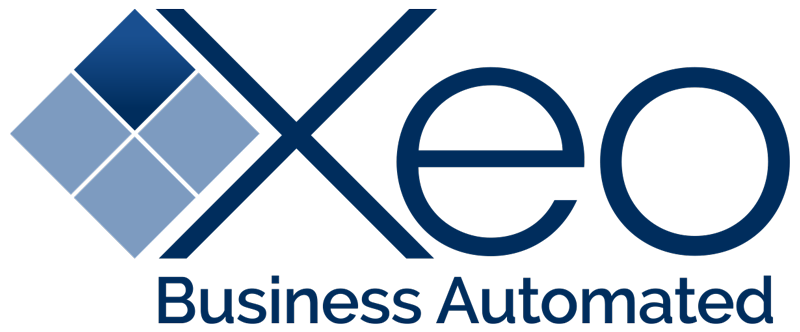If you’ve made the decision to invest in a business dashboard, then congrats: your job is about to get infinitely easier. You’ll have all the data you need to improve your sales, guide your company and make smart business decisions all around. Before you can reap these great benefits, though, you first need to ensure your dashboard is up to par.
Specifically, a solid business dashboard needs these five important capabilities:
- Reporting—What good is a business dashboard if you still have to produce manual reports? An effective dashboard should make reporting easy. You shouldn’t have to manually input data into a separate document or spend countless hours laying it out. You should be able to quickly find the data you need, organize it, save it and print it out or send it off via email. This functionality is particularly important if you have many departments at your company. Manual reporting is already time consuming, and if you have to produce a unique report for each department, it can mean even more wasted time.
- Visuals and graphics—A business dashboard should not only store your data, but should make managing and interpreting it easier, too. You should be able to take snippets of data and turn them into easy-to-digest charts, graphs and visual representations. This makes it simpler to spot historical trends, bottlenecks in the workflow, spikes or downturns in revenue, and much more, so you can make the appropriate strategic changes at your company. Visual tools also make data easier for non-technical people to understand so they can use it to make informed decisions regarding their department and everyday work.
- Data filtering—A business dashboard should allow you to store any data you want, but it shouldn’t force you to see all that data every time you log in. To be truly effective, a dashboard needs to have detailed filtering capabilities. You should be able to drill-down to specific data points, visualize them and compare them to only the information and data you need at the moment. This is a particularly helpful tool for companies with a number of disparate departments. Each has different goals and key performance indicators (KPIs), and they all use different data to function. By allowing them to filter their data, you give them the ability to work more efficiently, independently and informatively.
- Permissions—Not everyone in the company needs to be privy to every data point you have on file, especially the financial or money-related ones. To ensure the privacy of your more sensitive data, a good business dashboard should allow you to set permissions so you can control who can access, view and edit certain areas of data in your system.
- Collaborative features—A comprehensive dashboard is a team effort. It requires data input from all executives, managers and departments to deliver the most accurate big picture possible. To that end, a dashboard should encourage collaboration. Users should be able to add data on their end, send it to colleagues and coworkers, solicit feedback, and work together to perfect their reports and graphs. Ultimately, this leads to more effective data.
For More Information on Business Dashboards
With these five capabilities, a business dashboard can effect real, valuable change in your organization. Want to give a dashboard a try and see for yourself? Check out our free dashboard software now. Dashboard by Xeo allows you to track and compare your company’s performance to key performance indicators, and then share that data with others. If you’re ready to discuss a more customized solution for your company, contact the Xeo team today through our online form.

































